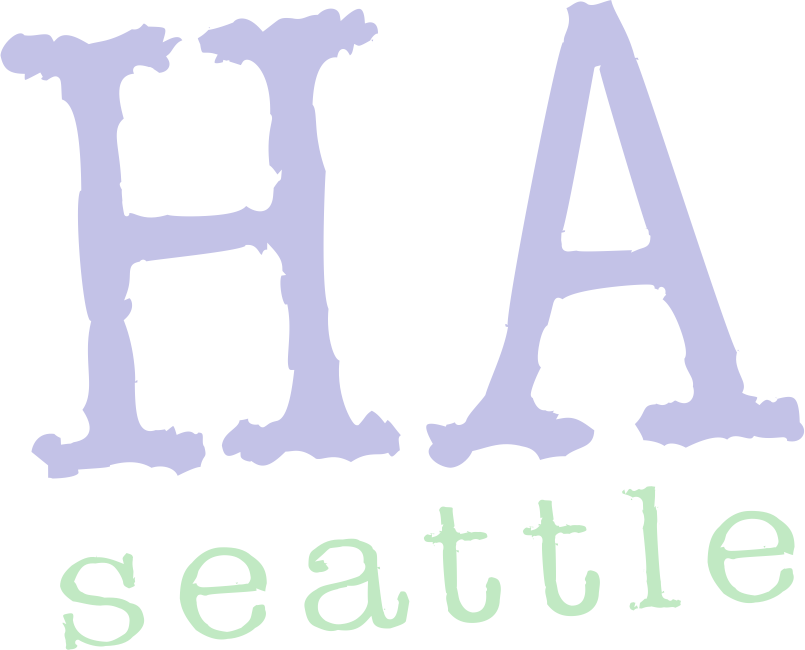To be clear: I don’t endorse inserting a “tip credit” into Seattle’s minimum wage ordinance. It would incentivize wage theft, while setting a terrible precedent for other lawmakers following in our $15 footsteps. Furthermore, despite its deceptive efforts to use small businesses and their tipped employees as a sympathetic proxy, the restaurant industry has failed to make a compelling argument as to why a tip credit is either necessary or proper.
But unfortunately, I’m not Benevolent Dictator (yet!), so as long as the politicians are debating a tip credit, I thought it might be useful to talk about how we might make the tip credit better, by using it as a tool for combatting both forced part-time employment, and wage and tip theft—two employment abuses that afflict many low-wage workers.
The perfect is the enemy of the good, and all that. So to this end I offer five sincere suggestions on how to make a tip credit a better less worse public policy:
Require Strict Business and Accounting Practices:
Any tip credit we implement must be conditional on establishments meeting strict business and accounting standards intended to impede wage and tip theft (and other abuses), while facilitating the investigation and prosecution of claims thereof. Don’t want to be told how to run your business? That’s fine. Don’t claim a tip credit. It’s your choice. Simple as that.
But of course, all the worker protections in the world aren’t worth shit if there’s no mechanism to enforce them. So with or without a tip credit, Seattle’s minimum wage ordinance should include a stable and adequate dedicated revenue stream to fund enforcement of labor standards—plus criminal penalties for violations. Maybe then every Seattle worker will finally get the paid sick leave required by law?
Raise and Exempt the Monthly Threshold:
Currently, the federal tip credit applies to all employees who regularly earn more than $30 a month in tips—the same monthly threshold that was put in place when the tip credit was first created back in 1966. That’s ridiculous. But raising the monthly threshold is about more than fairness; it could also serve as a powerful tool for incentivizing employers to move part-time employees to full-time work.
For example, let’s say we implemented a tip credit, but set the monthly threshold to $860 a month—the equivalent to earning $5 an hour in tips over 172 hours a month of full-time work. But we’d also need to exempt from the credit the first $860 a month in tips as well, in order to avoid plunging tipped workers off some sort of punitive cliff. (Without the exemption, workers earning $859 a month in tips would keep all of them, while workers crossing that threshold would lose their first $860 in tips, regardless of whether they earned much more that month.)
This takes care of all those mythical $80,000 a year servers we keep hearing about. In fact, the $860 monthly threshold and exemption would pretty much apply to any full-time tipped worker currently earning over $29,700 a year.
But remember: this is a monthly threshold, not an hourly one. So a part-time employee only working half the hours would need to average twice the hourly tips—$10 an hour—in order for the employer to start deducting a tip credit. And since the value of the tip credit would almost always be greater than the cost of providing benefits, it would remove much of the existing incentive for pushing tipped employees to part-time non-benefit-qualifying work.
I’m not sure what the optimal monthly threshold is to achieve the maximum economic incentive, but I’m confident that such a number exists. Regardless, any tip credit without a substantially higher monthly threshold than federal law should be off the table.
Prorate the Tip Credit for Part-Time Workers:
This is a variation or addendum to the monthly threshold provision described above. A half-time employee should only qualify the employer for half the maximum hourly tip credit a full-time employee would. For example, if the maximum tip credit is $5.00 an hour, the prorated maximum tip credit on an employee working only 20 hours a week would by $2.50 an hour.
Again, the goal is to dangle the tip credit as a carrot for moving part-time workers to full-time work.
Calculate Tip Credit Per Shift, Not Per Pay Period:
If you don’t think some employers switch workers’ shifts around in order to maximize tip credit, then you don’t know fuck about capitalism. This may not be an issue at Tom Douglas’s restaurants, where every server is allegedly a millionaire or something, but the third shift at Denny’s is a different story. Earn a tip credit worth of tips early, and you may find yourself filling ketchup bottles while a less well tipped colleague is given the better tables in order to push her over the top too. Likewise, earn some big tips early in your pay period, and you may find yourself bumped from a good shift to make room for a co-worker who hasn’t yet qualified the employer to take the full tip credit that pay period.
Regardless, calculating tip credit per shift is just more honest and less prone to manipulation. This should be one of those required business practices mentioned above.
Tip Credit Phase-Out:
Of course the best tip credit provision would be one that phases itself out, giving qualifying restaurants and other tipped businesses a bit more time to transition into our new living wage economy, but without establishing a tip credit as any sort of credible precedent.
For example, let’s say we phase in a $15 minimum wage with a tip credit over three years: $11/hour in 2015, $13/hour* in 2016, and $15/hour* in 2017. (* Adjusted for inflation.) Then we phase out the tip credit over the next three years, one third at a time.
The maximum legal tip credit would be the difference between Seattle’s higher minimum wage and the effective minimum wage for tipped employees under state and federal law—currently Washington State’s $9.32 an hour minimum wage. Assuming annual inflation of 1.75 percent, and no hike in the state or federal minimum wage other than CPI, the minimum wage and the minimum labor cost for tipped employees would rise accordingly:
Year |
WA min wage |
Seattle Min Wage |
Max Tip Credit |
Min Labor Cost* |
| 2015 | $9.48 | $11.00 | $1.52 | $9.48 |
| 2016 | $9.65 | $13.23 | $3.58 | $9.65 |
| 2017 | $9.82 | $15.53 | $5.71 | $9.82 |
| 2018 | $9.99 | $15.80 | $3.87 | $11.93 |
| 2019 | $10.16 | $16.08 | $1.97 | $14.11 |
| 2020 | $10.34 | $16.36 | $0.00 | $16.36 |
* Minimum Labor Cost assumes employee earns enough tips for employer to take the full tip credit.
It is important to note that no worker would take home in cash compensation (wages plus tips) less than column three: the Seattle minimum wage. But for tipped employees, the wage portion of that compensation could be as low as column five, with employers deducting from their minimum wage obligation up to the maximum tip credit or the employee’s earned tips, whichever is smaller. Under this scenario, the impact on labor costs at tipped establishments is substantially delayed, giving them ample time to adjust their business model to the new reality.
Conclusion:
The tip credit as implemented in 1966 was little more than a straight-up giveaway to the powerful lobbyists at “the other NRA,” the National Restaurant Association. Washington State voters have twice approved minimum wage measures with no tip credit, and given the subsequently impressive employment growth within our restaurant industry there is no good reason to second guess Washington voters now.
That said, if are going to set a precedent by accepting some sort of tip credit, the least we can do is set a precedent of making the tip credit better by both incentivizing full-time work and combatting wage and tip theft. Any and all of the proposals above would help achieve that, so I hope this post adds a little more thoughtfulness to the debate.

